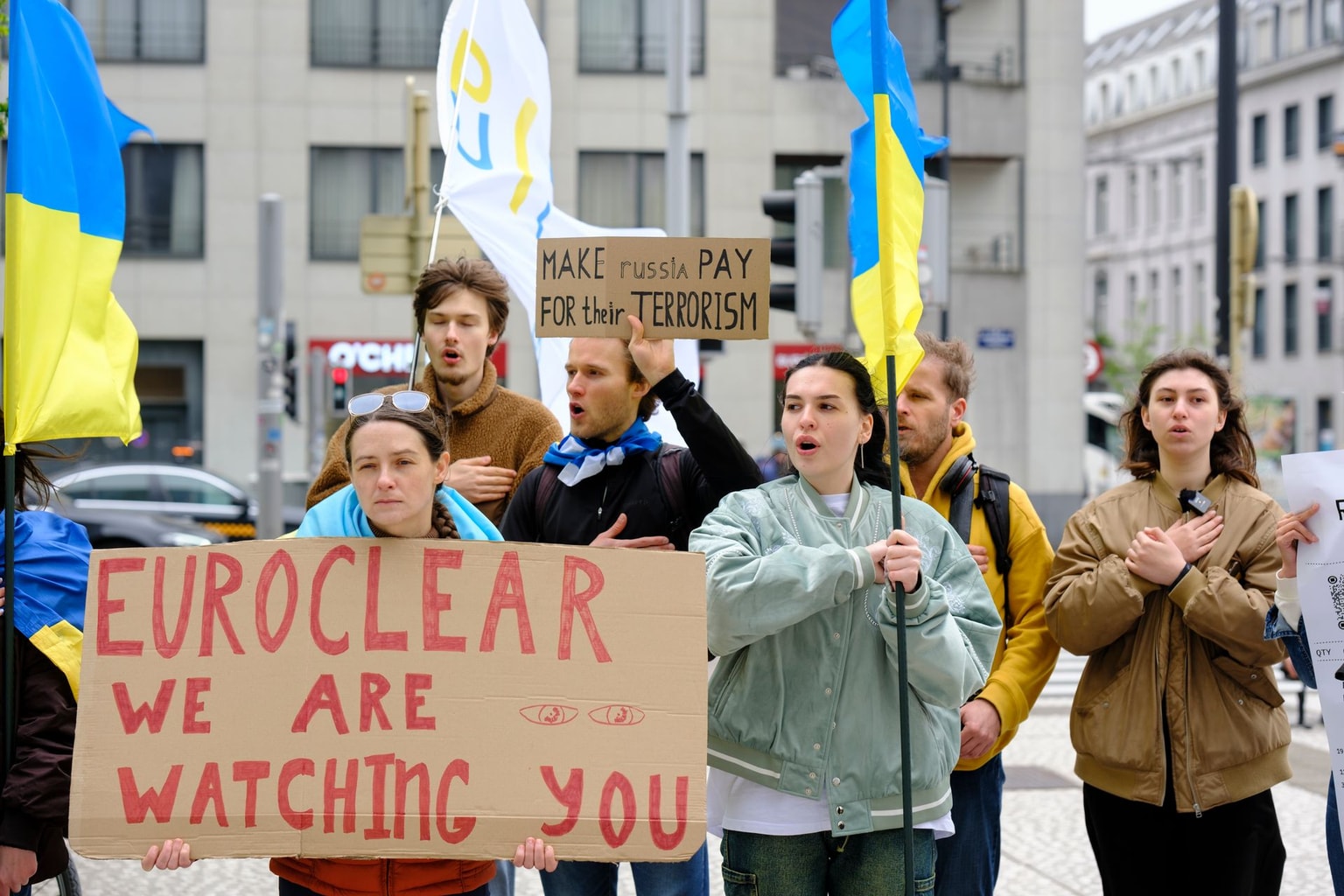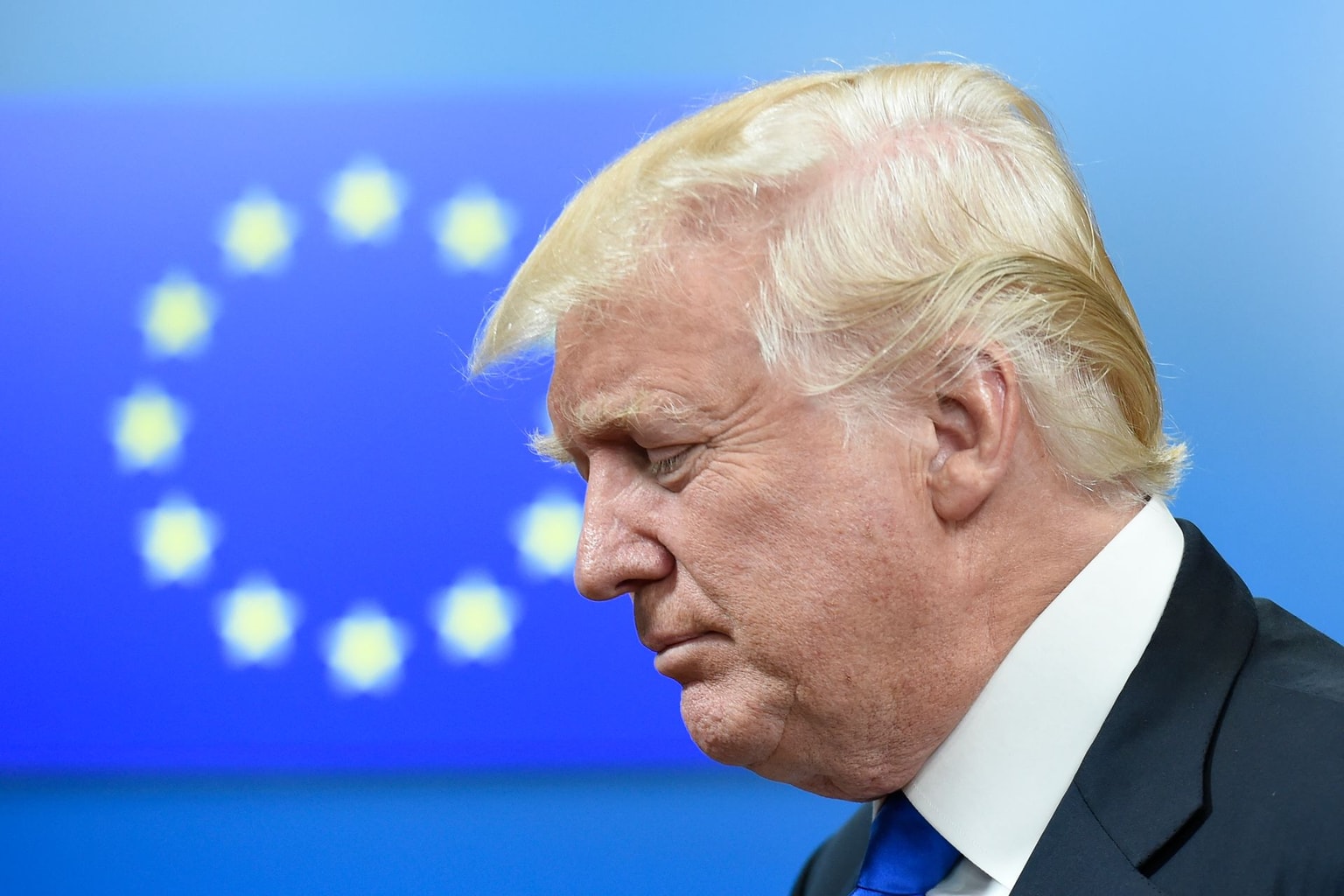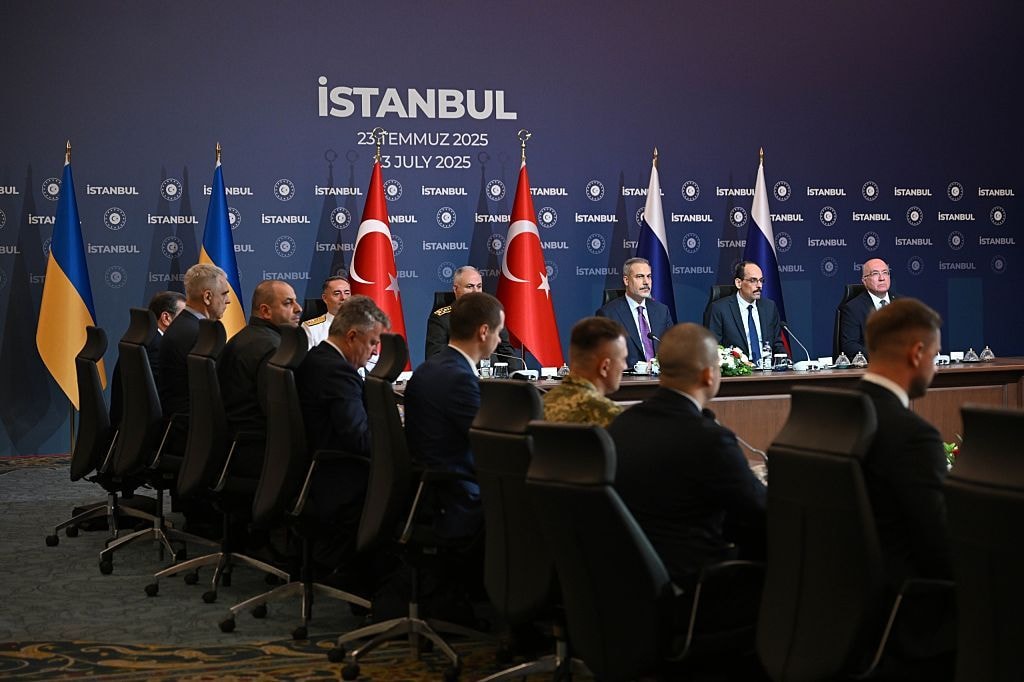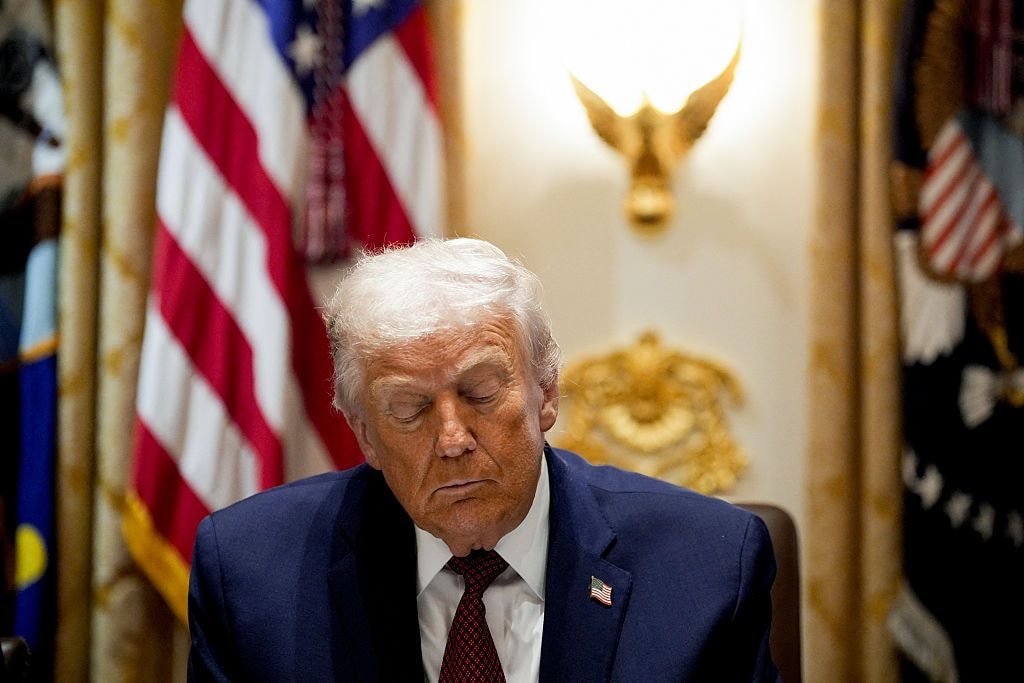Russia attacks, captures Europe's largest nuclear power plant in Ukraine

Russian forces have captured Europe’s largest nuclear power plant at Enerhodar in Zaporizhia Oblast, according to state nuclear operator Energoatom.
An earlier fire at a non-critical building, caused by a Russian 'projectile,' was contained, without any damage to the plant, the International Atomic Energy Association (IAEA) reported. The plant continues to operate, though only one of its six reactors is currently active. There has been no release of radiation detected at the site.
However, the situation remains extremely dangerous, as disruptions in the plant’s operations, such as the cooling of nuclear fuel, may cause an environmental catastrophe, the likes of which the world has never seen, according to Energoatom.
The plant must also have uninterrupted offsite power and supply chain for any maintenance needs.
“This is an unprecedented situation,” IAEA director general Rafael Mariano Grossi said at a press conference on the morning of March 4. “Unfortunately, here we are in completely uncharted waters.”
In an emotional message, President Volodymyr Zelensky said that a disaster at the Zaporizhia plant could be "like six Chornobyls," that had the potential to "stop history, the history of Ukraine and the history of Europe."
The area of the plant also contains a containment site for spent nuclear fuel. Damage by by shelling may release it and cause radioactive contamination.
Associated Press reported that "leading nuclear authorities were worried but not panicked."
Energoatom said that the station’s employees remain at their posts and the plant continues to operate.
According to the IAEA and Energoatom, reactor unit 1 is down for maintenance, units 2 and 3 have been disconnected from the grid and are being shut down. Unit 4 is operating at 60% capacity, producing 690 megawatts. Units 5 and 6 are also being shut down.
Three Ukrainian soldiers died and two were wounded during Russia's nighttime attack on the plant, according to Energoatom. One of the wounded is in serious condition.
Enerhodar mayor Dmytro Orlov said Russian shelling shortly before dawn and the city's 50,000 residents may return to their homes, Liga reported, although the city's heat infrastructure was damaged, knocking out heating.
Earlier, as Russian forces approached Enerhodar, thousands of local unarmed civilians came out as a massive crowd to try to block their approach multiple times. Pictures showed huge crowds of people occupying a local road. They had also blocked the road with heavy trucks, Liga reported.

Petro Kotin, the head of Energoatom told the media before the attack that Russia's attempts to attack Enerhodar is a violation of the convention on nuclear safety. He added that as of March 3, Russian forces caused Hr 18 billion in economic damage to Energoatom.
Grossi said that he’s in touch with both the Ukrainian and the Russian side and urged both sides to agree to a nuclear safety framework to prevent any disasters.
He also said that he would be traveling to Chornobyl to ensure the safety of that plant’s operation. The Chornobyl site had been captured by Russian forces earlier in the invasion.
The Zaporizhia plant has a capacity of 5,700 megawatts and provides half of Ukraine's nuclear power and over a fifth of its total power, according to Energoatom.










